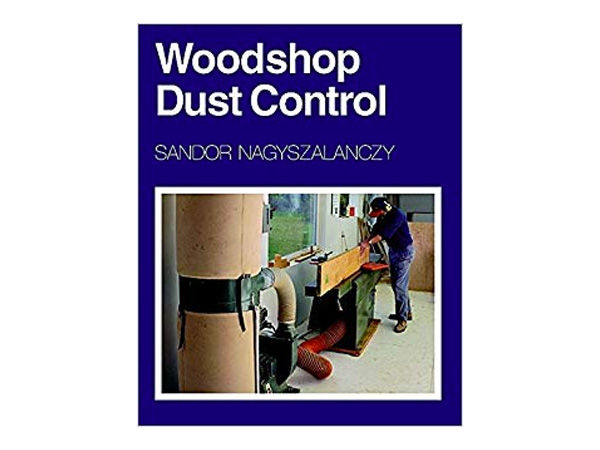
I have a squirrel cage blower and I’d like to build an air filter for my shop, but the blower doesn’t have any markings so I don’t know how much air it will move. How can I determine the CFM of the blower, and will the CFM affect the size of the filter I should use? It would seem the more air you’re moving, the more square inches of filter you should have, or does it really matter? – Doug Mengle
Chris Marshall: I would consult with an HVAC technician about that blower to determine what its CFM (cubic feet per minute) rating likely is. I’m sure that an expert who repairs furnaces and air conditioners on a daily basis should be able to help you determine a “ballpark” rating pretty easily. He or she can probably also suggest an appropriate filter to use with the blower. Once you know your blower’s capacity, Sandor Nagyszalanczy’s book Woodshop Dust Control provides a helpful chart to determine how much airflow you need to filter a shop adequately. He suggests taking the cubic volume of your shop space (length x width x height in feet), multiply this number by six for a hobbyist shop or eight for a pro shop (which represents the recommended number of air changes per hour), then divide by 60 (converts cubic feet per hour to cubic feet per minute) to determine a satisfactory cfm rating for a shop air filtration device.
Tim Inman: There is no simple way to determine the answers to all your questions. A good engineering spec resource might be WW Grainger. They have good info on air handling and air movement in their catalogs. To determine the CFM rating, you’ll need to know at least the diameter of the fan, the type of fan (squirrel cage, propeller, etc.), the rpm speed of the fan itself, etc. You can find a similar fan in a catalog and get a pretty good idea of the air movement ability of your fan.
The CFM rating of the fan is never the actual CFM output. Vacuum in the building, air restrictions in and around the fan, and fan speed, etc., all help determine the actual air movement. You’ll want to be researching the volumetric “air exchange” rates recommended for given workroom situations. A paint spray booth requires specific amounts of air movement. A general shop has no specifics, but there are general recommendations. You’ll need to calculate the total air volume of the shop, and associate that number with the ability of the fan. Then allow some extra for reality!
The size and location of your air filters definitely does influence the efficiency of the fan! The more filter area, and some distance between the fan and the filters (think plenum) helps the fan move air better. Don’t forget to supply a “make-up air” source, so you can actually exchange the air. Otherwise, you’ll just be hearing the fan whir, and very little air will actually be moving.





